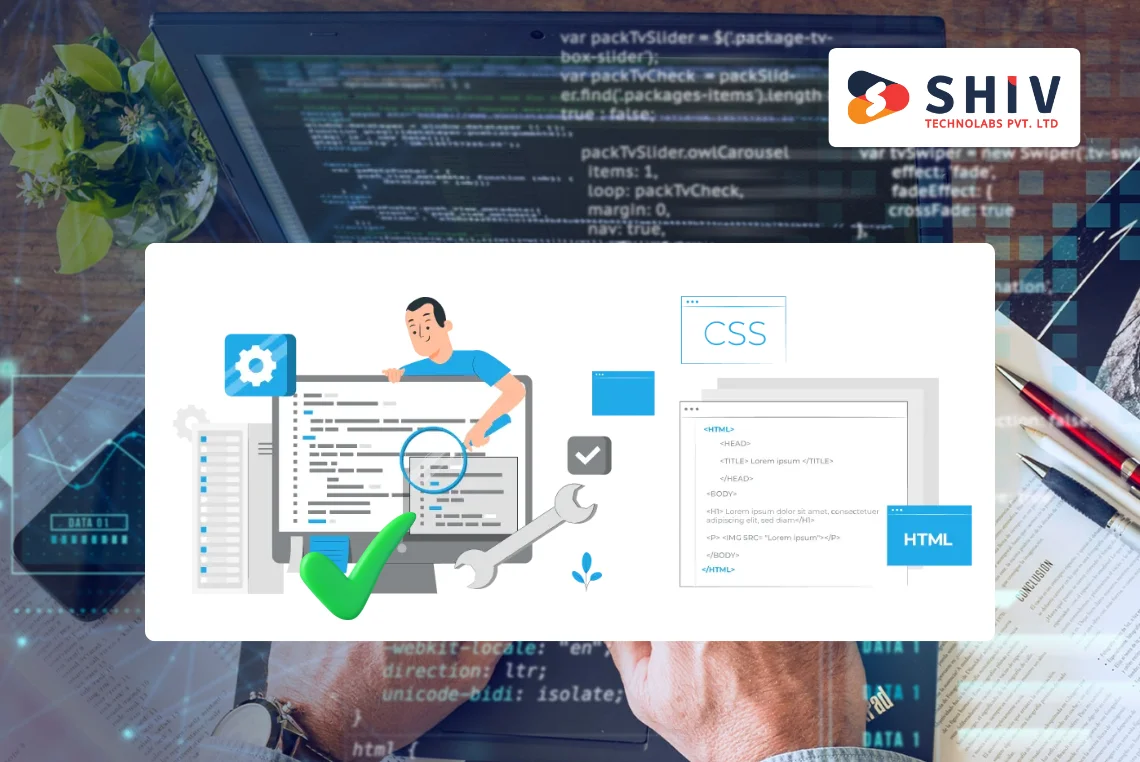Table of Contents
Software architecture patterns shape how software works. They provide a clear structure for building applications. A smart pattern saves time, cuts bugs, and improves performance. Every software development company depends on strong architecture. It helps teams deliver reliable and scalable software. In this article, we will cover 10 essential patterns and show how they apply.
We will explain each pattern with simple language and clear examples. You will see how these patterns help in real projects. You will also learn how to choose the right one. After reading, you will understand software architecture types, the power of application architecture patterns, and how to use the best software architecture patterns in your work.
What Are Software Architecture Patterns?
Three main challenges they address:
- Code organization – Keeps code neat and easy to follow.
- Scalability – Lets apps grow without breaking.
- Adaptability – Simplifies adding or changing features.
67% of developers use microservices architecture patterns today. This shows how much structured patterns matter.
Why Software Architecture Patterns Matter?

Well-chosen patterns make development more efficient:
- They improve code structure.
- They speed up problem-solving, saving weeks of work.
- They boost team communication through shared language.
- They provide a common vocabulary for developers and stakeholders.
When teams use proven patterns, building and maintaining software becomes easier and faster.
10 Essential Software Architecture Patterns
# Layered Architecture Pattern
This classic pattern uses layers like floors in a building:
- Presentation
- Business logic
- Data access
- Database
Layered architecture works well for simple business applications. Many software development services begin here because it is easy to test and maintain.
# Microservices Architecture Pattern
74% of organizations use microservices today (Gartner). Microservices break apps into small, independent services. They offer:
- Parallel development
- Independent scaling
- Fault isolation
Teams can also choose different technologies for each service.
# Event-Driven Architecture Pattern
- 62% of software architects use event-driven systems today.
- It uses events to trigger actions in real time.
- It works well for chat apps, trading platforms, and live dashboards.
- It relies on publishing events and listening asynchronously.
# Model-View-Controller (MVC) Pattern
MVC divides the app into:
- Model (data)
- View (user interface)
- Controller(logic)
This separation makes testing easier and improves maintainability. MVC is common in web frameworks.
# Client-Server Architecture Pattern
Client-server splits roles clearly:
- Client: handles user interface
- Server: handles business logic and storage
It forms the backbone of internet and business apps.
# Pipe and Filter Architecture Pattern
This pattern uses filters like an assembly line:
- Each filter performs one task
- Filters connect via pipes
It works well for compilers, ETL pipelines, and image processing. You can easily add, remove, or rearrange steps.
# Repository Pattern
- The repository provides a simple interface for data access.
- It hides whether the data comes from a database, file, or API.
- Business logic works the same way regardless of storage type.
# Publisher – Subscriber (Pub-Sub) Pattern
Pub-Sub enables loose coupling:
- Publishers send messages without knowing who reads them.
- Subscribers listen for relevant topics.
It works well for notifications, updates, and social media feeds.
# Command – Query Responsibility Segregation (CQRS)
- CQRS separates reads from writes.
- Commands change data; queries fetch data.
- The microservices market could reach $11.8 billion by 2032.
- CQRS fits complex apps that need fast reads and safe writes.
# Hexagonal Architecture Pattern
Also called ports and adapters:
- Business logic stays in the center
- Adapters connect to external systems around it
This makes testing easy and swapping components simple.
How to Choose the Right Pattern for Your Project?

Below are easy ways to choose the right pattern for your project:
# Consider Your Team Size
- Small teams (2–5) do well with layered or MVC.
- Medium teams (5–10) can use event-driven or pub-sub.
- Large teams (10+) may need microservices or CQRS.
85% of new apps will follow cloud-first principles by 2025. That drives the need for scalable patterns.
# Quick Reference Table
| Pattern | Best For | Team Size | Complexity | Performance |
| Layered | Simple business apps | Small | Low | Medium |
| Microservices | Large scalable systems | Large | High | High |
| Event‑Driven | Real-time applications | Medium | Medium | High |
| MVC | Web applications | Small–Medium | Low | Medium |
| Client‑Server | Business apps | Any | Low | Medium |
| Pipe‑and‑Filter | Data processing | Small–Medium | Medium | High |
| Repository | Data-heavy applications | Any | Low | Medium |
| Pub‑Sub | Notification systems | Medium | Medium | High |
| CQRS | Complex business logic | Large | High | Very High |
| Hexagonal | Testable applications | Medium | Medium | Medium |
# Performance Needs
- Use event-driven or CQRS for high-speed systems.
- Use layered or MVC for simpler business apps.
# Planning for Future Growth
- If you expect growth, choose microservices or event-driven patterns.
- Avoid monolithic designs if scalability is a future goal.
# Budget Considerations
- Complex patterns need more skilled developers and infrastructure.
- Simpler patterns keep cost and maintenance lower.
Best Practices for Implementation
- Start simple. Add complexity only when needed.
- Write down decisions as you design.
- Use consistent naming, so teams understand each other.
- Add testing early in the process.
These practices help a software development company deliver reliable and scalable software.
Common Mistakes to Avoid
- Never overengineer by using complex patterns for small apps.
- Always consider performance when choosing a pattern.
- Document architecture decisions well. If not, teams will struggle later.
The Future of Software Architecture
New trends will shape how architectures evolve:
- Cloud computing
- Artificial intelligence
- Edge computing
- Serverless and containers
System architecture patterns should remain flexible to adapt to new tech.
Conclusion
Software architecture patterns give your software a clear and strong structure. They help solve common problems and make development faster and smoother. The right pattern improves team communication and makes code easier to test and update. Every project is different, so it’s important to choose a pattern based on your team size, app goals, and future plans.
Some patterns support growth, while others keep things simple and cost-effective. As technology changes, your architecture should grow with it. You can start small and shift to advanced patterns when needed. For better results, work with a software development company like Shiv Technolabs. They help you apply the best software architecture patterns for building powerful and future-ready applications.






















